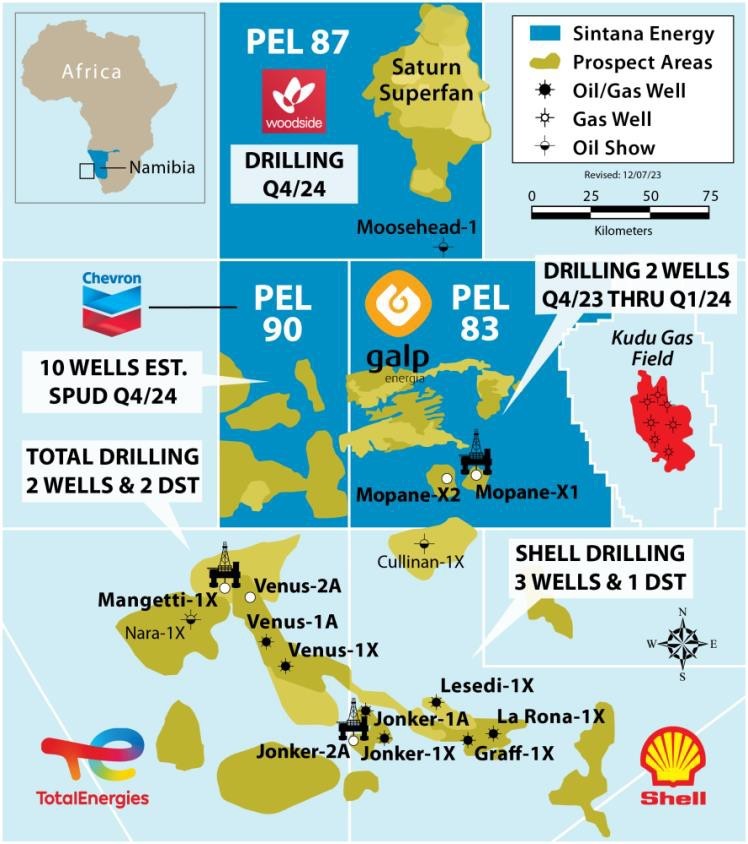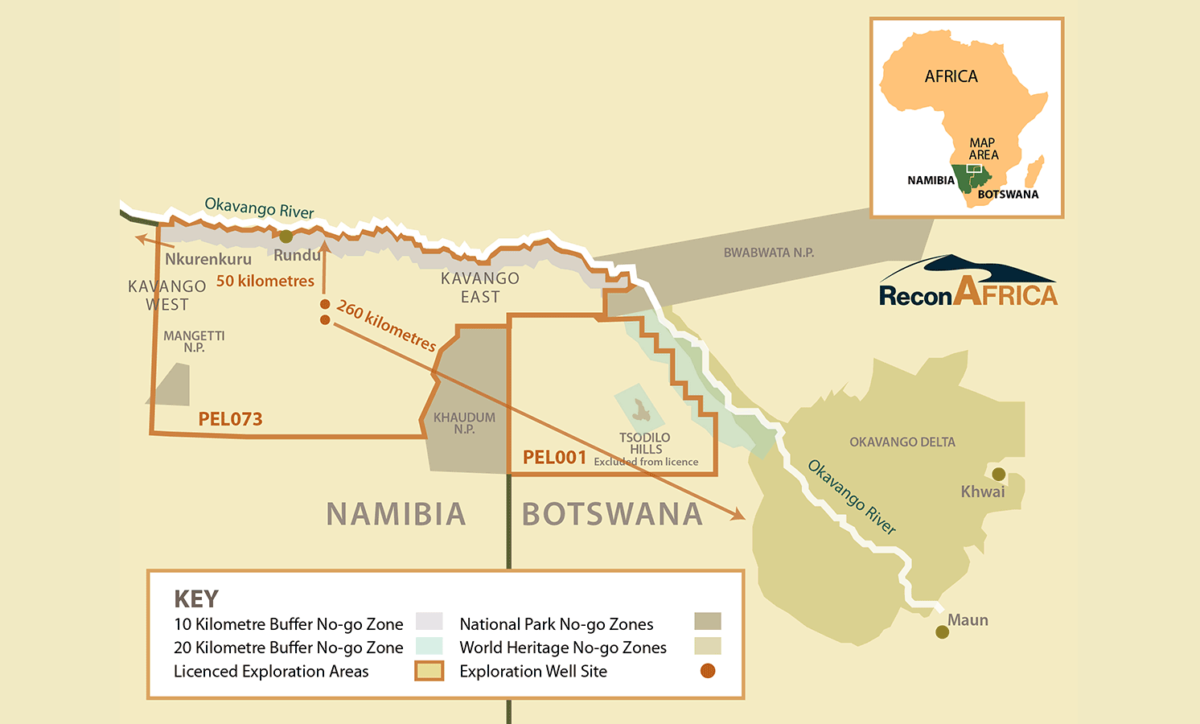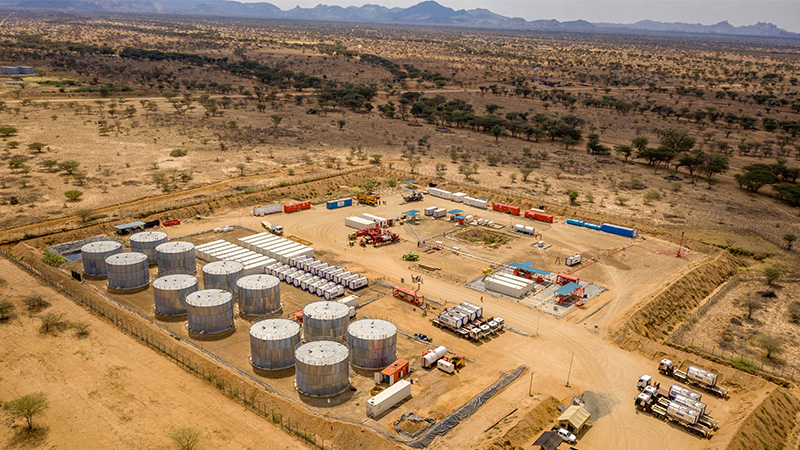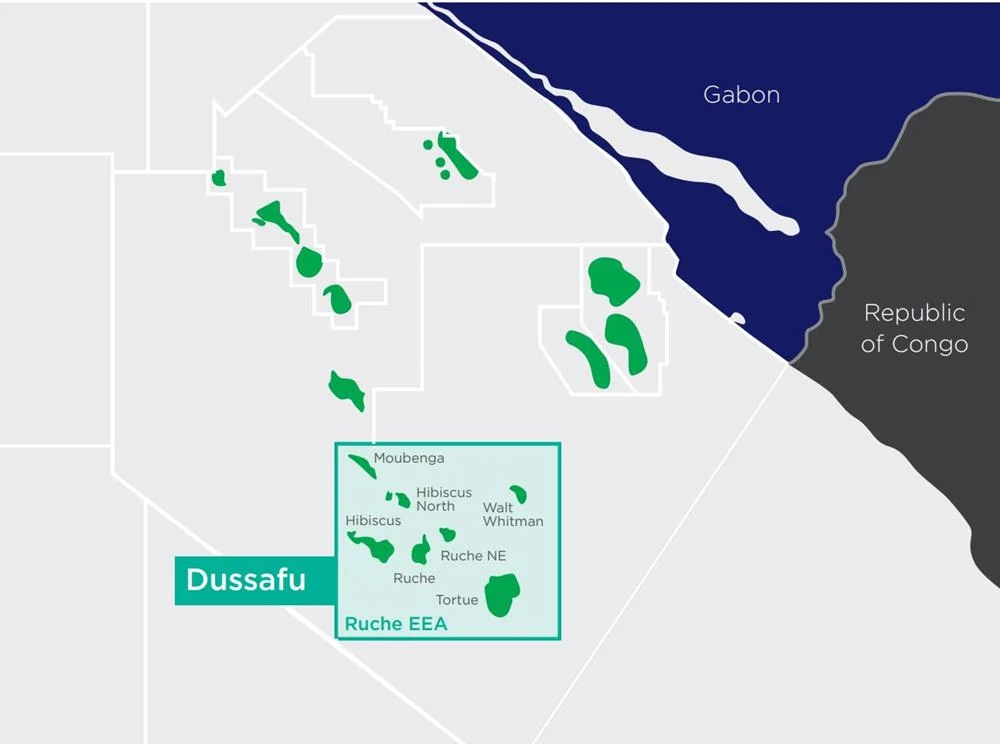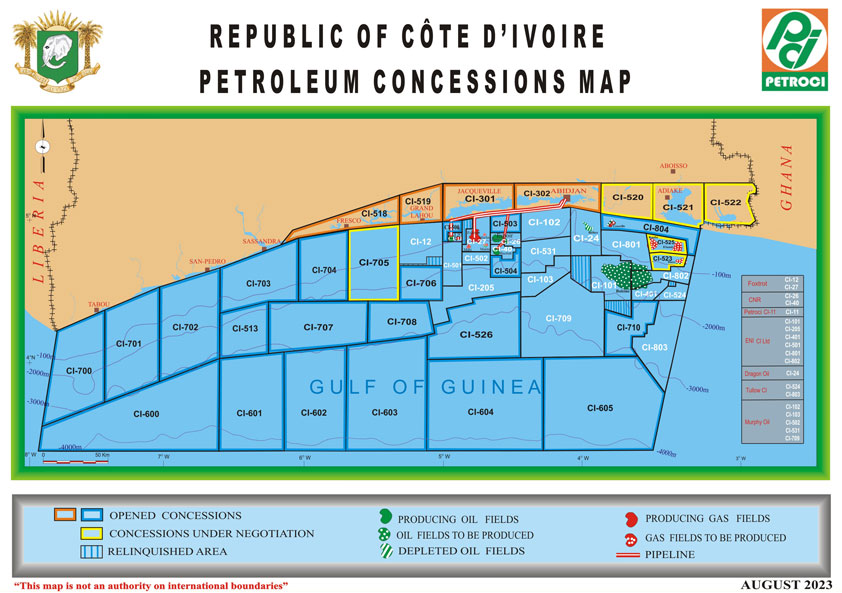MOZAMBIQUE: First LNG Cargo Departs from Coral Sul FLNG, Offshore the Rovuma basin
Eni, as Delegated Operator of the Coral South project on behalf of its Area 4 Partners (ExxonMobil, CNPC, GALP, KOGAS and ENH), informs that the first shipment of liquefied natural gas (LNG) produced from the Coral gas field, in the ultra-deep waters of the Rovuma Basin, has just departed from Coral Sul Floating Liquefied Natural Gas (FLNG) facility.
Eni CEO Claudio Descalzi commented that “The first shipment of LNG from Coral South project, and from Mozambique, is a new and significant step forward in Eni’s strategy to leverage gas as a source that can contribute in a significant way to Europe’s energy security, also through the increasing diversification of supplies, while also supporting a just and sustainable transition. We will continue to work with our partners to ensure timely valorization of Mozambique’s vast gas resources”.
Carol Howle, EVP trading and shipping at bp, said: ‘The start of production from the Coral Sul FLNG facility represents a major milestone for Mozambique, the project partners, and bp as the LNG buyer. As the world seeks secure, affordable and lower carbon energy, global demand for LNG is expected to continue to grow. This new supply source further enhances bp’s capability to deliver LNG to markets across the world and we look forward to continuing our close collaboration with all those involved in the project.’
Coral South is a landmark project for the industry and firmly places Mozambique onto the global LNG stage. The project, sanctioned in 2017, comes on stream after just 5 years, in line with the initial budget and schedule, despite the disruptions caused by the Covid pandemic. This result was made possible thanks to Eni’s distinctive phased and parallelized approach, a very effective execution planning, and the strong commitment by all partners and the unwavering support of the Government of Mozambique. Coral Sul FLNG has a gas liquefaction capacity of 3.4 million tons per year and will produce LNG from the 450 billion cubic meters of gas of the Coral reservoir.



